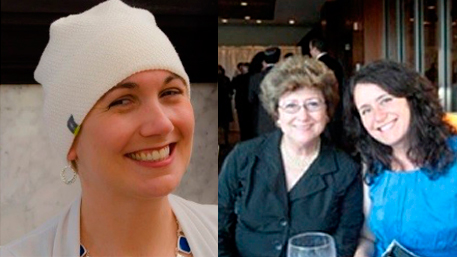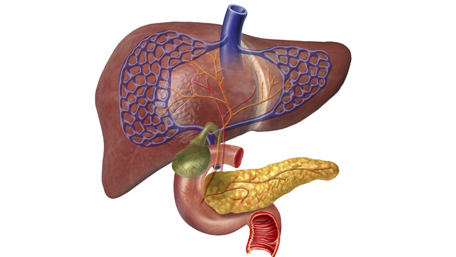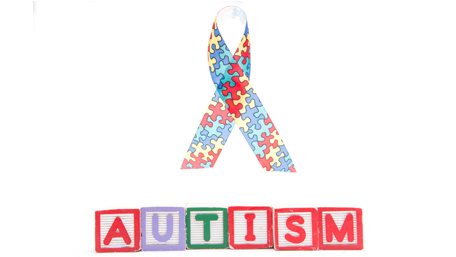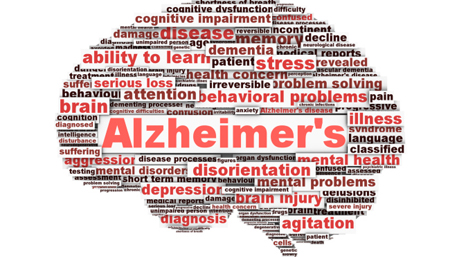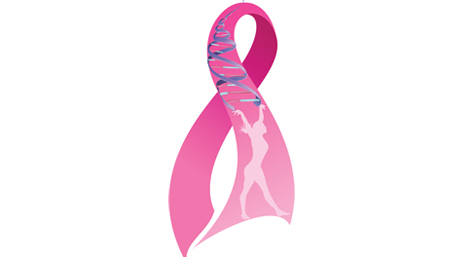
10/20/2020
Hot Topics of the Day are picked by experts to capture the latest information and publications on public health genomics and precision health for various diseases and health topics. Sources include published scientific literature, reviews, blogs and popular press articles.
Sign up MyPHGKB to receive the daily hot topic email alert.
Archived Hot Topics of the Day By Date
A global survey of potential acceptance of a COVID-19 vaccine
JV Lazarus, et al, Nature Medicine, October 20, 2020
All eyes on a hurdle race for a SARS-CoV-2 vaccine
C Gaebler et al, Nature News, October 19, 2020
How obesity could create problems for a COVID vaccine- Researchers fear that vaccines might not be as effective in people who are obese, a population already highly vulnerable to COVID-19.
H Ledford, Nature News, October 20, 2020
COVID-19 Detection on Chest X-Ray and CT Scan Images Using Multi-image Augmented Deep Learning Model
K Purohit et al, BIORXIV, October 19, 2020
Structural Genetics of circulating variants affecting the SARS CoV-2 Spike / human ACE2 complex
F Ortuso et al, BIORXIV, October 19, 2020
SARS-CoV-2 genome-wide mapping of CD8 T cell recognition reveals strong immunodominance and substantial CD8 T cell activation in COVID-19 patients
SK Saini et al, BIORXV, October 19, 2020
Mutational analysis and assessment of its impact on proteins of SARS-CoV-2 genomes from India
R Laskar et al, BIORXIV, October 19, 2020
An engineered decoy receptor for SARS-CoV-2 broadly binds protein S sequence variants
KK Chan et al, BIORXIV, October 19, 2020
Diversity and genomic determinants of the microbiomes associated with COVID-19 and non-COVID respiratory diseases
MN Hoque et al, BIORXIV, October 19, 2020
Antibody responses to SARS-CoV-2 train machine learning to assign likelihood of past infection during virus emergence in Sweden
X Castro et al, MEDRXIV, October 19, 2020
Towards Improved Social Distancing Guidelines: Space and Time Dependence of Virus Transmission from Speech-driven Aerosol Transport Between Two Individuals
F Yang et al, MEDRXIV, October 19, 2020
LAMP-BEAC: Detection of SARS-CoV-2 RNA Using RT-LAMP and Molecular Beacons
SS Mix et al, MEDRXIV, October 19, 2020
My Brother Died of Brain Cancer. 20 Years Later, I Had It, Too. I was told it didn’t run in families. Was it just chance?
S Hashmi, NY Times, October 20, 2020
Detection of early stage pancreatic cancer using 5-hydroxymethylcytosine signatures in circulating cell free DNA
GD Guler et al, Nature Comms, October 19, 2020
Mutations associated with neuropsychiatric conditions delineate functional brain connectivity dimensions contributing to autism and schizophrenia
CA Moreau et al, Nature Comms, October 19, 2020
Novel Alzheimer Disease Risk Loci and Pathways in African American Individuals Using the African Genome Resources Panel
A Meta-analysis
BW Kunkle et al, JAMA Neurology, October 19, 2020
Variation in Breast Cancer Subtype Incidence and Distribution by Race/Ethnicity in the United States From 2010 to 2015
X Kong et al, JAMA Network Open, October 19, 2020
Disclaimer: Articles listed in Hot Topics of the Day are selected by Public Health Genomics Branch to provide current awareness of the scientific literature and news. Inclusion in the update does not necessarily represent the views of the Centers for Disease Control and Prevention nor does it imply endorsement of the article's methods or findings. CDC and DHHS assume no responsibility for the factual accuracy of the items presented. The selection, omission, or content of items does not imply any endorsement or other position taken by CDC or DHHS. Opinion, findings and conclusions expressed by the original authors of items included in the Clips, or persons quoted therein, are strictly their own and are in no way meant to represent the opinion or views of CDC or DHHS. References to publications, news sources, and non-CDC Websites are provided solely for informational purposes and do not imply endorsement by CDC or DHHS.
- Page last reviewed:Feb 1, 2024
- Page last updated:May 09, 2024
- Content source:



